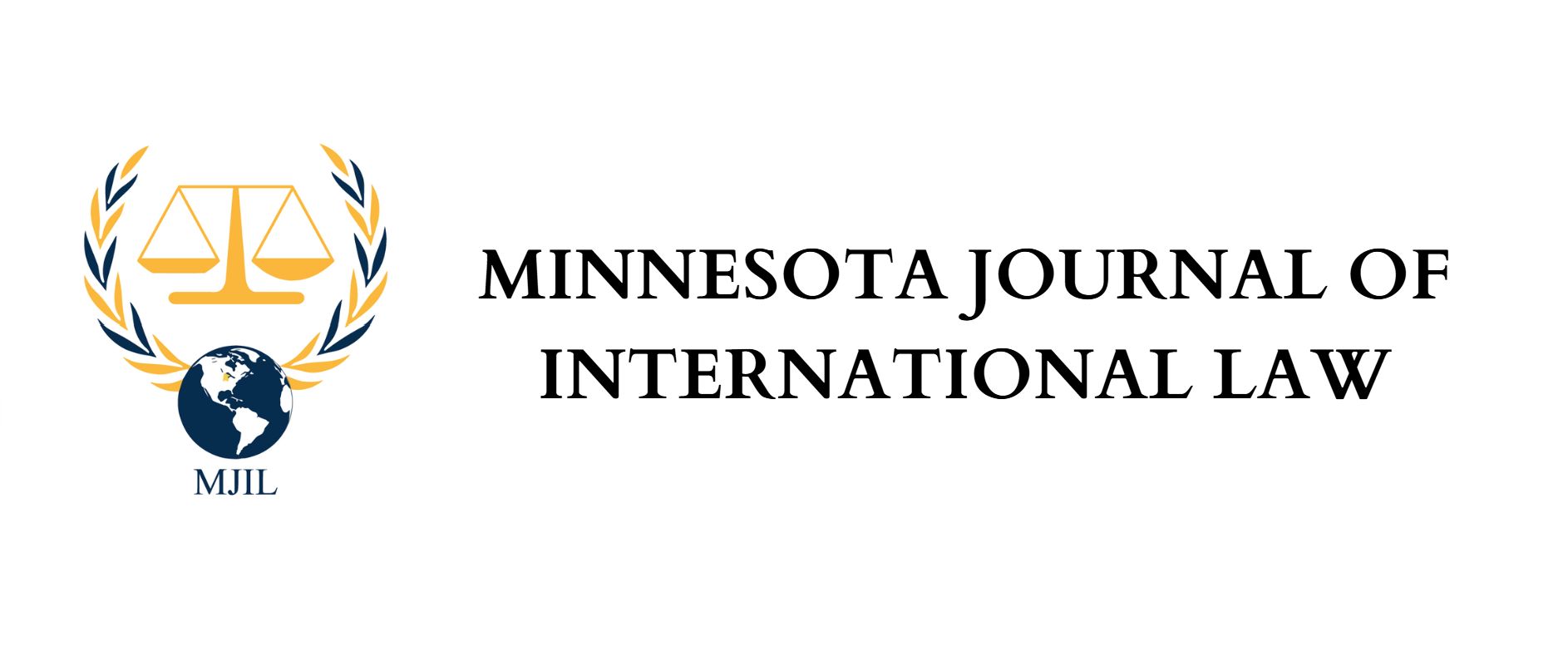By Jiang Bian, Staff Member
On May 14, 2017, President Xi Jinping of China outlined plans to fund China’s One Belt, One Road (OBOR) initiative.[1] OBOR’s official name is “The Silk Road Economic Belt (“Belt”) and the 21st-century Maritime Silk Road (“Road”),”[2] and it is a global project seeking to coordinate trade routes on both rail and sea, spanning 65 countries in Asia, Europe, and Africa.[3] In the past three years, OBOR focuses were mainly on infrastructure investment, construction materials, railway and highway, automobile, real estate, power grid, and iron and steel.[4]
Although this program has reached some successes in international transactions and relationships, it is not without risks of potential legal disputes.[5] Generally, the disputes are mostly likely be cross-border commercial disputes while it is also possible to have political disputes such as border or territorial disputes.[6] One way to resolve commercial disputes is to seek international commercial and maritime arbitration, and this is also a method encouraged by China’s Supreme People’s Court.[7] The choose of law and forum will be critical as commercial and political influences may well be at stake and issues such as certainty of law and the speed/effectiveness of enforcement procedures will be important considerations.[8] To avoid choice of law and forum battles, bilateral and multilateral mutual legal assistance are highly recommended as reciprocal recognition and enforcement of judgments among different jurisdictions along the Belt and Road should be encouraged.[9] Thus, with the well communication and familiarize each other’s law system between China and counties on the Belt and Road, the international arbitration could be a great legal dispute resolution regard OBOR’s construction and development.
[1] How China’s One Belt One Road Will Open Trade Routes and Raise Barriers to U.S. Law, MassPoint PLLC (May 14, 2017), https://masspointpllc.com/china-one-belt-one-road-us-legal-dominance/.
[2] One Belt One Road Initiative, Wikipedia, https://en.wikipedia.org/wiki/One_Belt_One_Road_Initiative (last visited Mar. 6, 2018).
[3] Overcoming the legal challenges to “One Belt, One Road”, Global Railway Rev. (Jan. 15, 2018), https://www.globalrailwayreview.com/article/65484/legal-challenges-one-belt-one-road/.
[4] Gen. Off. Leading Group Advancing the Building Belt and Road Initiative, Belt and Road in Big Data 20–31 (Com. Press ed., 2016).
[5] Id. at 14; Overcoming the legal challenges to “One Belt, One Road”, supra note 3.
[6] See Tommi Yu, China’s “One Belt, One Road Initiative”: What’s in It for Law Firms and Lawyers?, 5 Chinese J. Comp. L. 1, 17 (2017).
[7] Id.
[8] Overcoming the legal challenges to “One Belt, One Road”, supra note 3.
[9] Rimsky Yuen, Secretary, Just. ALB Hong Kong In-House Legal Summit, Keynote Speech: Opportunities and Challenges for Lawyers under the Mainland’s “Belt and Road Initiative” (Sept. 22, 2015).
